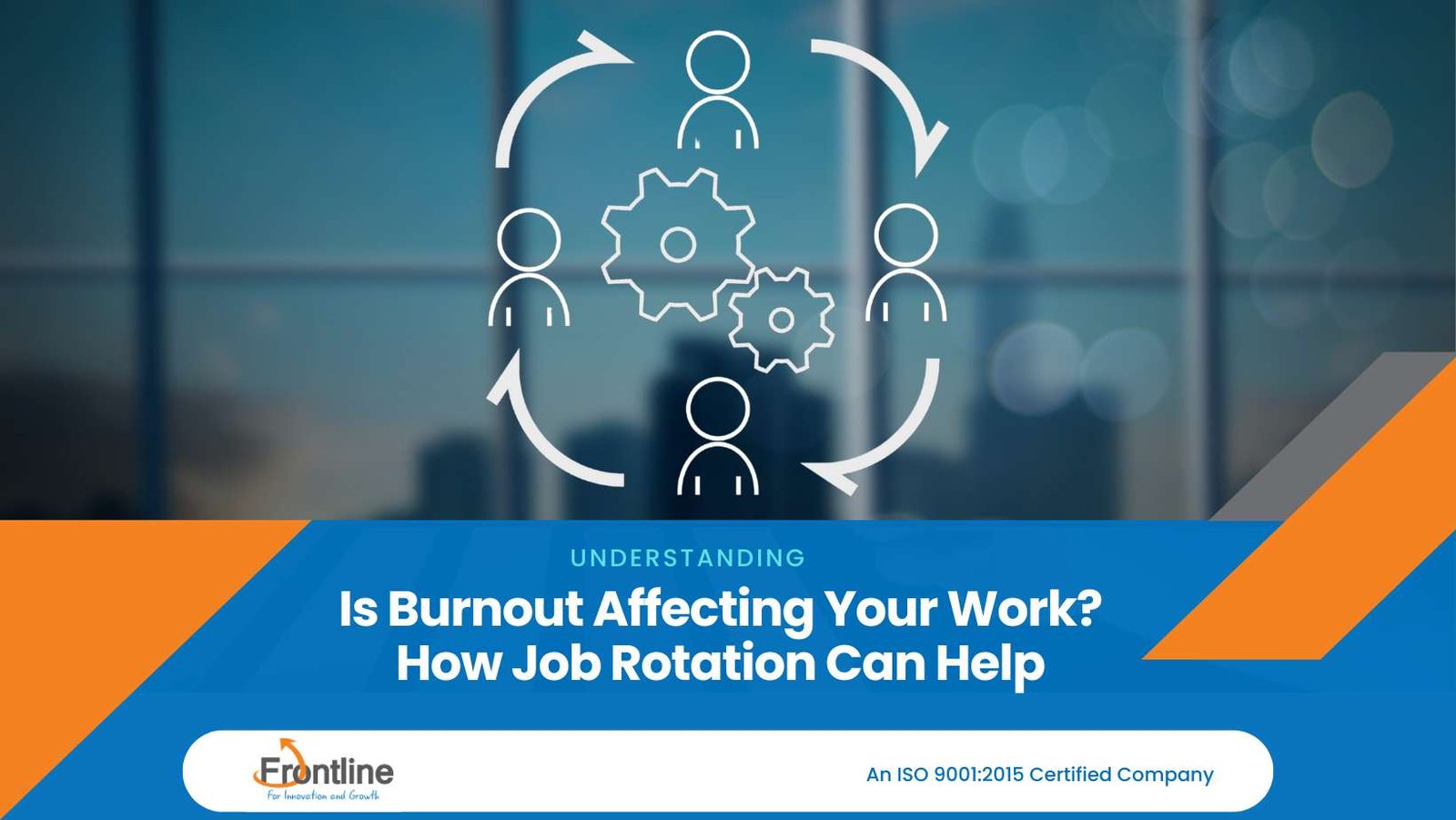A Comprehensive Guide to Occupational Health and Safety in Nepal
Occupational Health and Safety in Nepal: In Nepal, prioritizing the welfare and protection of workers is of utmost importance. The Nepal Labor Act of 2074 reflects this commitment by emphasizing the significance of Nepal’s occupational health and safety in the workplace. These provisions are designed to ensure that employers take necessary measures to create a safe and healthy environment for their employees. In this comprehensive guide, we will delve into the key aspects of these regulations and understand the responsibilities of employers, workers, manufacturers, and suppliers in upholding workplace safety.
Duties of Employers Towards Labor
Under the Nepal Labor Act, employers are entrusted with several crucial duties to safeguard the well-being of their workers. These duties include:
1. Creating a Safe Environment
Employers must prioritize the creation of a safe and secure working environment under comprehensive workplace safety guide for their employees. This involves implementing appropriate safety and health arrangements within the workplace.
2. Handling Hazardous Materials
Employers are responsible for ensuring the proper use, operation, storage, and transportation of hazardous materials or equipment to prevent any adverse effects on safety and health.
3. Providing Information and Training
Employers must provide comprehensive information, notices, and training related to safety and health. By doing so, employees are well-informed and equipped to mitigate potential risks effectively.
4. Safe Entry and Exit
Proper arrangements for safe entry and exit from the workplace are essential under comprehensive workplace safety guide. Employers must ensure efficient evacuation procedures during emergencies to protect their workers.
5. Personal Safety Equipment
Employers should provide workers with necessary personal safety equipment under comprehensive workplace safety guide , such as protective gear, to ensure their safety in hazardous work environments.
Duties of Employers Towards Non-Labor Individuals
Employers have a responsibility under comprehensive workplace safety guide not only towards their workers but also towards non-labor individuals who visit or pass through the workplace. These duties include:
1. Ensuring Safety for Visitors
Employers must make necessary arrangements to prevent any adverse effects on the safety and health of non-labor individuals within the workplace premises.
2. Signaling Hazards
To ensure the safety of all individuals, employers should provide appropriate signals or information regarding any operating systems or equipment that may pose risks to safety and health.
3. Environmental Protection
Enterprises using or manufacturing chemical materials must manage them in a way that avoids adverse effects on local animals, vegetation, humans, and the environment.
Duties of the Responsible Person
The responsible person, including owners, individuals in control, or assigned organizations, carries the duty of ensuring workplace safety and health. This includes assessing whether the workplace, equipment, product, or material is safe and healthy for the intended work.
Duties of Manufacturers, Importers, and Suppliers
Manufacturers, importers, and suppliers of equipment, products, or materials used in the workplace also have specific responsibilities. These duties include:
1. Providing Safe Equipment
Manufacturers, importers, and suppliers should prioritize the safety and suitability of their products for the intended use, meeting all safety and health standards.
2. Instructions and Training
Clear instructions on the proper use and operation of equipment, products, or materials should be provided to minimize risks to safety and health. Training should be delivered in an appropriate language.
3. Risk Identification and Mitigation
Identifying potential risks and conducting necessary research or experiments to minimize or eliminate those risks is essential. Chemical safety data sheets and detailed manuals should be prepared to guide users.
Duties of Workers
Workers play a crucial role in maintaining occupational health and safety. Their duties include:
1. Acting Responsibly
Workers must avoid intentional or reckless acts that could endanger their own safety or the safety of others in the workplace.
2. Assisting Employers
Workers should provide necessary assistance to employers and others in fulfilling their duties related to safety and health.
3. Following Instructions
Workers should obtain and follow information, manuals, and instructions provided for the safe and cautious operation and use of equipment, products, or materials in the workplace.
4. Using Personal Safety Equipment
Workers are required to use personal safety equipment provided by the employer for their protection.
Formation of Safety and Health Committee
The Labor Act mandates that employers form safety and health committees in enterprises employing twenty or more workers. These committees play a crucial role in advising employers, evaluating safety and health arrangements, and reviewing safety policies.
Protection against Retaliation
The Labor Act provides protection for workers who raise concerns about safety and health. Employers are prohibited from taking disciplinary action against workers who report safety issues, serve on safety and health committees, or stop work due to immediate danger.
Emergency Actions and Inspections
The Labor Act empowers workers and the Office to take necessary actions in case of immediate danger or non-compliance with safety and health provisions. Workers can stop work temporarily if they believe it poses an immediate threat, while the Office can issue directions to stop work or conduct inspections to ensure compliance.
Special Provisions and Support
The Act includes special provisions for specific aspects of occupational health and safety, such as protection from chemical substances, safeguarding machines, lifting loads, and controlling infectious diseases. Additionally, arrangements for the treatment of occupational diseases and support through compensation or treatment expenses are also covered.
Conclusion
Occupational health and safety provisions in Nepal’s Labor Act underscore the shared responsibility of employers, workers, manufacturers, importers, and suppliers in creating a safe and healthy workplace. By adhering to these provisions, Nepal aims to promote worker well-being, prevent accidents and occupational diseases, and foster a culture of safety in all industries. It is crucial to consult the official Nepal Labor Act of 2074 and seek professional legal advice for accurate and up-to-date information on occupational health and safety in Nepal. Together, we can make workplaces in Nepal safer for everyone, ensuring a brighter and healthier future for the workforce.
2308 views






